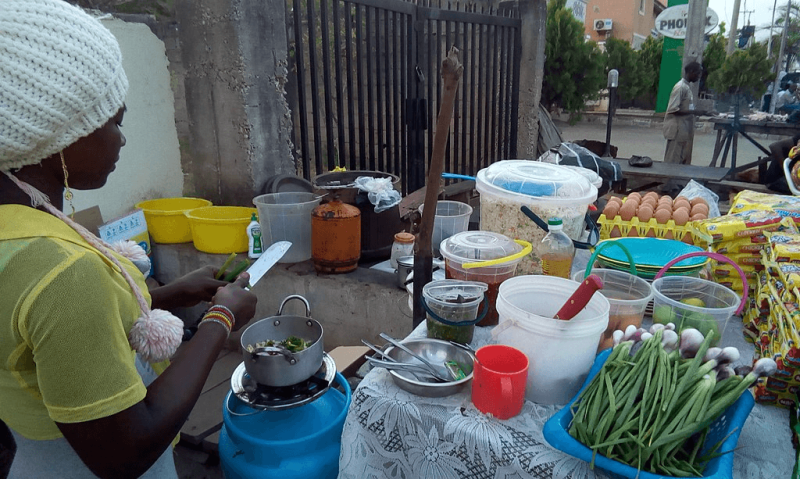Rising temperatures mean large chunks of Africa are whipsawing between increasingly severe droughts and more frequent and intense cyclones, threatening staple foods for hundreds of millions of people. The International Monetary Fund says each increase of 1 degree Celsius correlates to a three-percentage-point reduction in agricultural output in developing countries. It forecasts crop yields in sub-Saharan Africa will decline by 5 to 17 percent by 2050, despite a rapidly growing population. Smallholder farmers are already struggling.
…
In Nigeria, farmers in two states are conducting trials of new forms of cassava — a staple crop for 300 million people. The chunky roots are far more drought resistant than other staples, but intense cyclones and higher temperatures leave them vulnerable to rotting and pests. Yet there’s little funding or interest in cassava — not commonly consumed outside the continent — while the African Development Bank has set aside $1 billion to boost production of far less hardy wheat.































